Roman civilization, one of the most influential societies in history, laid the groundwork for much of the modern world we know today. From its inception as a small settlement on the banks of the Tiber River, this remarkable civilization evolved into a powerful empire that stretched across three continents. But what made Roman civilization so enduring? Was it their groundbreaking innovations in engineering and architecture, their sophisticated legal structures, or perhaps the vibrant culture that thrived under their rule? In this exploration, we delve into the rich tapestry of Roman history, examining its fascinating origins, dynamic society, and the lasting legacy that continues to shape our understanding of governance, law, and culture today.
The Birth of Roman Civilization
Origins of Rome: Myths and Historical Accounts
The story of Roman civilization begins with rich and colorful myths. According to legend, the city was founded in 753 BC by Romulus, who, along with his twin brother Remus, was raised by a she-wolf. This mythological narrative highlights the cultural significance of the founding of Rome, intertwining history with folklore. However, archaeological evidence suggests that Rome’s foundations were laid by various peoples in the Italian Peninsula, including the Latins, Etruscans, and Sabines.
Key Figures in Early Roman History
The early Republic saw significant leaders who contributed to the shaping of Roman civilization:
Romulus: The legendary founder and first king, who established many of the city’s early institutions.
Numa Pompilius: A legendary king credited with promoting religious institutions and practices.
Cincinnatus: A model of Roman virtue, known for his short-term dictatorship during a crisis.
These figures not only influenced the political landscape but also the cultural identity of Rome, laying the groundwork for a civilization that would become one of the most powerful empires in history.
For more in-depth insights into the origins of Rome, check out National Geographic.
The Evolution of Roman Government
From Monarchy to Republic
Initially, Roman civilization was ruled by kings, but this changed around 509 BC when the last king, Tarquin the Proud, was overthrown. The expulsion of the monarchy marked the establishment of the Roman Republic. This new system significantly transformed governance, emphasizing the role of elected representatives and citizens in political processes.
Patricians: The aristocratic families who held significant political power.
Plebeians: The common people who sought greater rights and representation.
Consuls: The highest elected political officials, serving one-year terms.
The Creation of the Senate
A crucial component of Roman government was the Senate, established during the early Republic. Originally composed of patricians, the Senate played a vital advisory role in the governance of Rome. Over time, it became a powerful body influencing legislation and state affairs.
Key Political Reforms and Their Impact
As the political landscape evolved, several reforms were introduced to address societal demands:
The Conflict of the Orders: A social struggle between patricians and plebeians that resulted in the creation of the Tribunate, a position that granted plebeians a voice in government.
Law of the Twelve Tables: The first codification of Roman law, which provided a framework for legal rights and protections for all citizens.
Expansion of Electoral Rights: Over the years, reforms gradually extended voting rights, enriching the political life of Roman civilization.
These developments laid the foundation for a complex political system that influenced modern governance practices globally.
Society and Social Structure in Roman Civilization
Class Divisions: Patricians, Plebeians, and Slaves
Roman civilization was characterized by a distinct social hierarchy that significantly influenced everyday life and governance. The primary social classes included:
Patricians: Wealthy, elite families who held most of the political power and land.
Plebeians: The lower class, consisting of farmers, artisans, and merchants who gradually gained political rights.
Slaves: Often captives of war or those who fell into debt, slaves had no rights and were considered property.
This rigid class structure led to tensions, particularly during the Conflict of the Orders, which sought to address the inequalities between these groups.
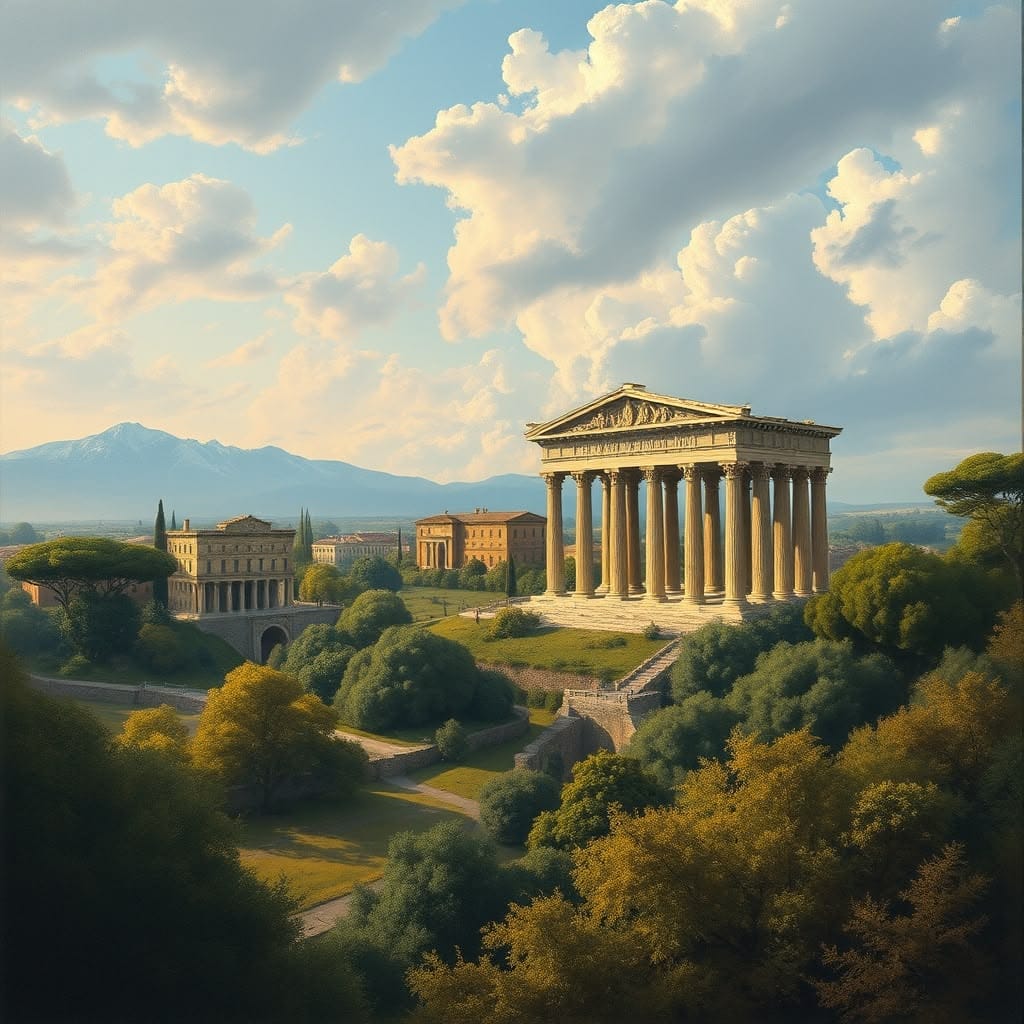
The Role of Women in Roman Society
Women in Roman civilization had limited rights compared to men but played vital roles within the household and society. Their status and privileges varied greatly depending on their class:
Patrician Women: Often well-educated and involved in social, religious, and family affairs; however, they could not vote or hold official positions.
Plebeian Women: Typically worked alongside their husbands and had more practical freedoms, including the ability to manage family businesses.
Emancipated Slaves: Some could gain their freedom and marry, but their rights were still considerably restricted.
Family Life and Social Norms
The family was the cornerstone of Roman civilization, serving as both a unit of social structure and a reflection of societal values. Key aspects include:
Paterfamilias: The male head of the family who held legal authority over all family members.
Marriage: Typically arranged, marriages were viewed as alliances between families rather than personal unions.
Education: Boys received formal education, while girls were mainly educated at home, focusing on domestic skills.
Understanding these social dynamics helps to depict the complexities of Roman civilization and its lasting impact on modern social structures.
Innovations and Contributions of Roman Civilization
Engineering Marvels: Aqueducts, Roads, and Architecture
One of the most remarkable aspects of Roman civilization is its engineering prowess. The Romans developed advanced infrastructure that not only facilitated daily life but also contributed to the empire’s expansion. Key innovations include:
Aqueducts: Architectural feats that transported water from distant sources into cities, improving public health and sanitation.
Road Networks: A vast system of roads that connected various parts of the empire, allowing for efficient trade and military movement.
Monumental Structures: Buildings like the Colosseum and the Pantheon exemplify Roman architectural genius, using concrete in innovative ways.
Advances in Law and Governance
Roman civilization significantly influenced modern legal systems. Key contributions include:
Codification of Laws: The Twelve Tables established the foundation of Roman law, guaranteeing citizens’ rights and laying the groundwork for future legal codes.
Legal Principles: Concepts such as “innocent until proven guilty” reflect core democratic values that continue to resonate in contemporary law.
Cultural Contributions: Literature, Arts, and Philosophy
Roman civilization was also a significant cultural hub, producing notable literature, arts, and philosophical works that have endured through the ages. Highlights include:
Literature: Works by authors like Virgil, Cicero, and Ovid continue to be studied for their literary merit and historical insight.
Visual Arts: Roman sculptors and painters created timeless pieces that reflected daily life, mythology, and historical events.
Philosophy: Influential thinkers like Seneca and Marcus Aurelius integrated Greek philosophy into Roman thought, emphasizing ethics and governance.
The innovations and contributions of Roman civilization laid a foundation that has shaped modern infrastructure, law, and culture, illustrating the lasting impact of this ancient society.
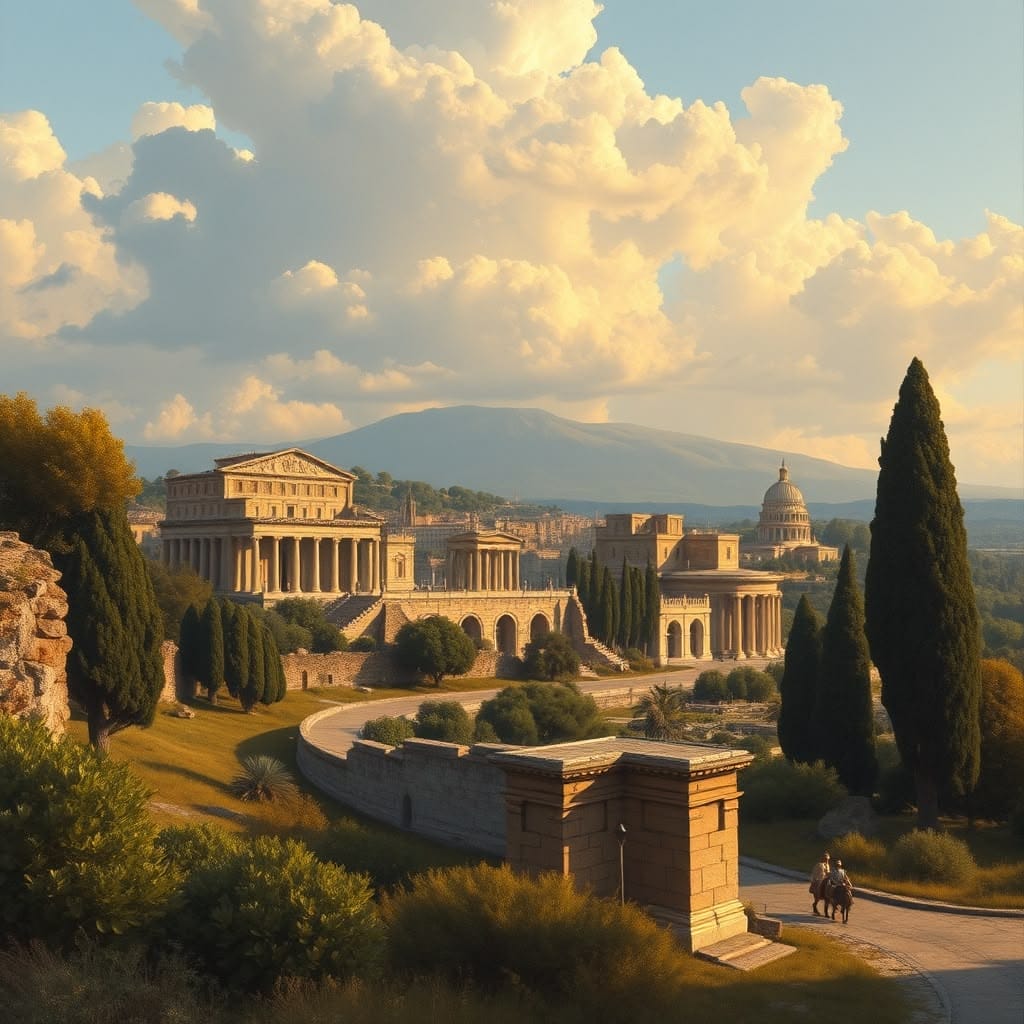
The Expansion of the Roman Empire
Key Conquests and Territories
The expansion of Roman civilization marked one of the most significant phases in ancient history. From its humble beginnings, the Roman Republic transitioned into a vast empire, stretching across Europe, North Africa, and parts of the Middle East. Key areas of conquest included:
Gaul: Modern-day France, conquered under Julius Caesar.
Britannia: The Roman invasion of Britain established several provinces.
Hispania: The Iberian Peninsula was fully integrated into the empire, enhancing trade routes.
The Spread of Roman Culture and Influence
As Roman civilization expanded, it carried its culture, language, and legal systems into the newly acquired territories. This cultural diffusion had pronounced effects:
Latin Language: The establishment of Latin as the lingua franca, influencing the development of various Romance languages.
Roman Law: The implementation of Roman legal systems provided a framework for governance and administration in conquered territories.
Cultural Practices: Romans spread their traditions, from architectural styles to religious beliefs, shaping local customs.
Effects of Expansion on Roman Civilization
The growth of the Roman Empire brought both benefits and challenges:
Economic Prosperity: Increased trade and resource allocation led to wealth accumulation within the empire.
Military Strain: Managing vast territories strained military resources and led to conflicts, contributing to eventual weakening.
Cultural Exchange: The interaction with different cultures enriched Roman civilization, leading to a fusion of ideas in art, philosophy, and religion.
The expansion of the Roman Empire not only solidified its power but also established a legacy that profoundly influenced the world, creating a mosaic of cultures that would set the stage for future civilizations.
For additional insights into the geographical expanse of the Roman Empire, you can explore BBC History.
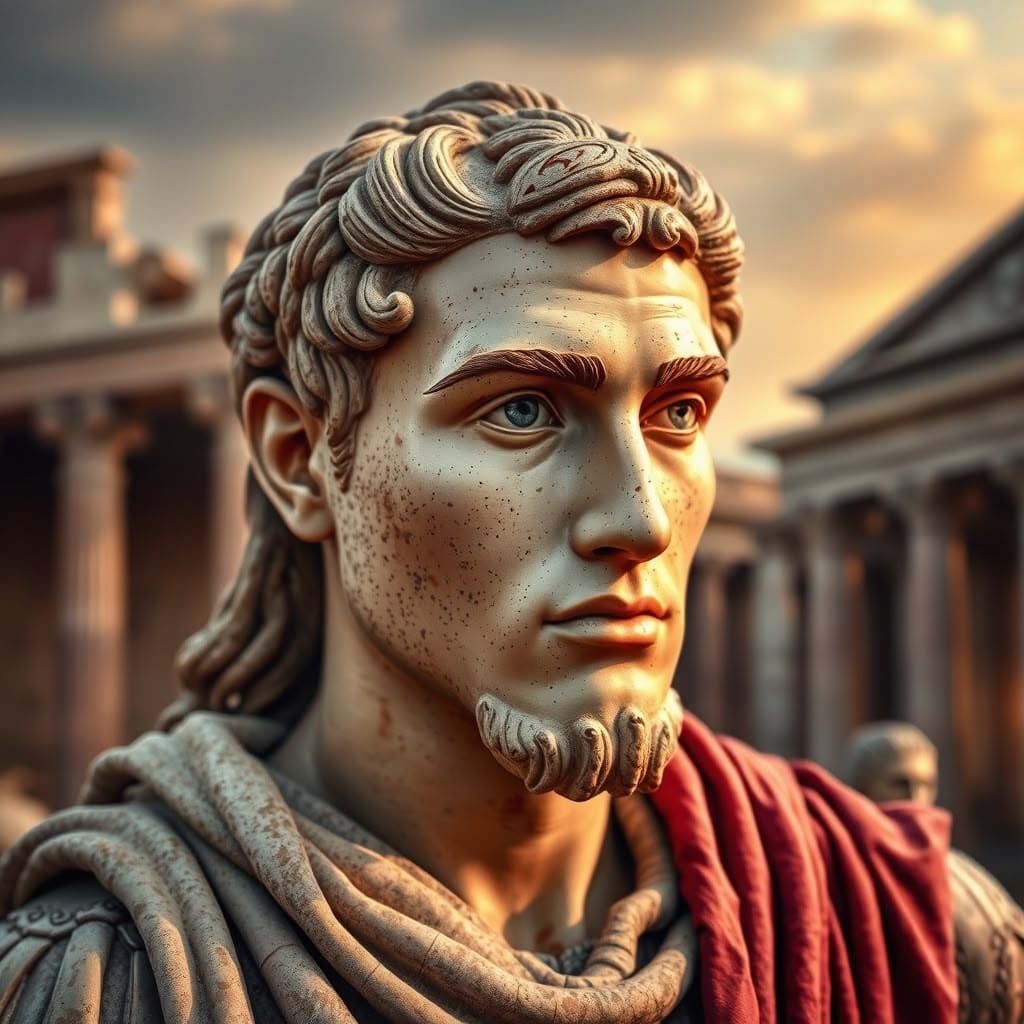
Religion and Spirituality in Ancient Rome
Polytheism and the Pantheon of Roman Gods
At the heart of Roman civilization was a rich tapestry of religious beliefs centered around polytheism. The Romans worshiped a myriad of gods and goddesses, each overseeing various aspects of life and society. Key deities included:
Jupiter: King of the gods, representing authority and law.
Juno: Goddess of marriage and family, protector of women.
Mars: God of war, symbolizing military strength and honor.
Worshiping these deities involved elaborate rituals, festivals, and sacrifices, reinforcing the connection between religion and everyday life in Roman society.
The Rise of Christianity and Its Impact
The rise of Christianity marked a major turning point in the religious landscape of Roman civilization. Initially viewed with suspicion, it gradually gained followers and influence:
Persecutions: Early Christians faced significant persecution under Roman rule, yet their resilience contributed to a growing movement.
Constantine’s Edict: The Edict of Milan in 313 AD granted religious tolerance, allowing Christianity to flourish.
Establishment of the Church: By the end of the 4th century, Christianity was recognized as the state religion, reshaping spiritual life in the empire.
Religious Practices and Festivals
Religious practices in Roman civilization were integral to the social fabric, characterized by various observances:
Public Festivals: Celebrations such as Saturnalia and Lupercalia provided an opportunity for societal bonding and religious expression.
Household Worship: Lares and Penates, household gods, were venerated in private shrines, emphasizing the significance of family and home in religious life.
The intertwining of religion and daily routines reflects how significant beliefs were in shaping the identity and culture of Roman civilization, leading to profound influences that continue to resonate today.
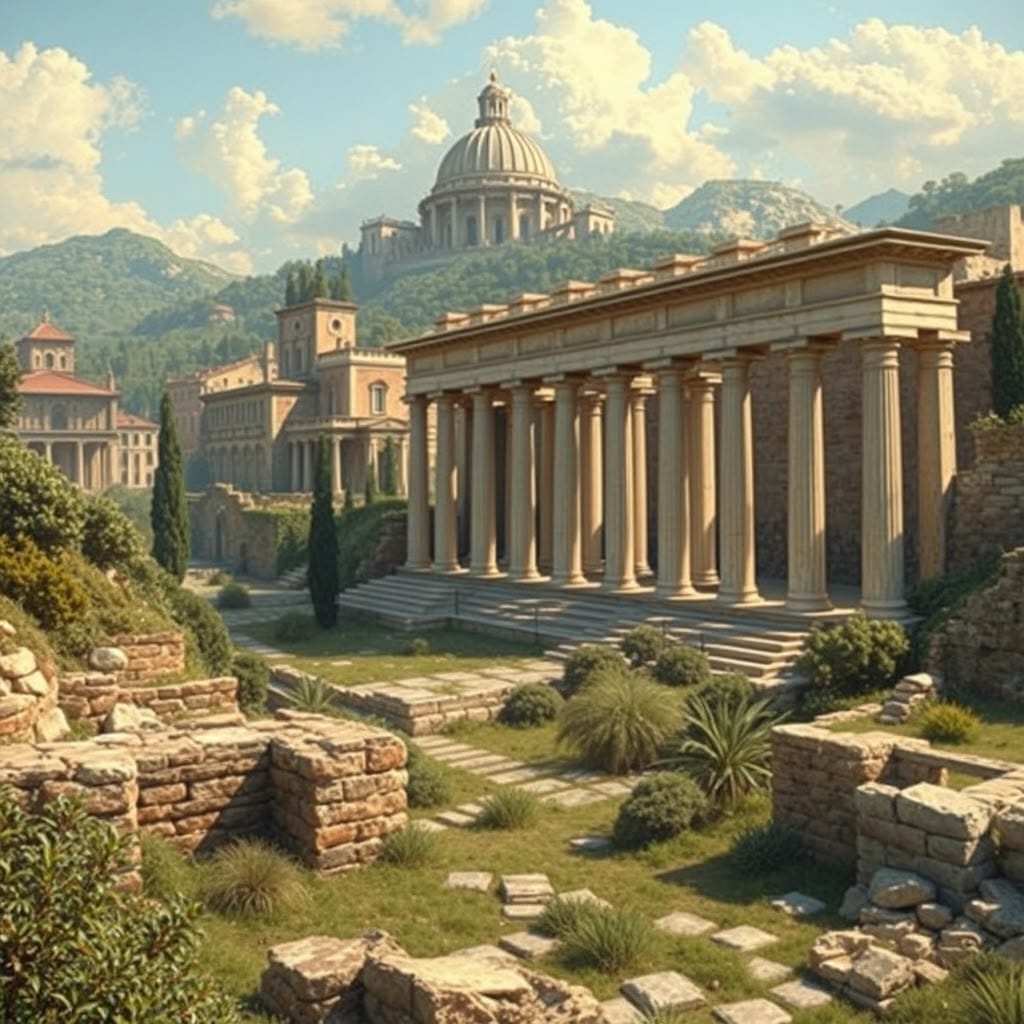
The Decline of Roman Civilization
Economic Challenges and Societal Strife
The decline of Roman civilization can be attributed to a combination of economic difficulties and internal strife. As the empire expanded, managing its vast territories became increasingly challenging. Key factors included:
Heavy Taxation: To sustain military campaigns and infrastructure, the government imposed high taxes, burdening the lower classes.
Inflation: The introduction of debased currency led to rampant inflation, undermining the economy.
Dependence on Slave Labor: The reliance on slaves stunted technological innovation and agricultural productivity.
The Role of Military Conflicts and Invasions
The military also faced significant challenges during the decline. Invasions by various tribes, combined with internal power struggles, hastened the fall:
Barbarian Invasions: Groups such as the Visigoths and Vandals invaded Roman territories, causing widespread disruption and loss.
Civil Wars: Power struggles among factions weakened the central authority and diverted resources from defense.
Declining Military Morale: The reliance on mercenaries, who lacked loyalty to Rome, compromised military effectiveness.
The Division of the Empire
In a bid to manage the growing challenges, Emperor Diocletian divided the empire into Eastern and Western regions in 285 AD. This division, while initially intended to create more manageable governance, ultimately led to divergent paths:
Eastern Roman Empire: Thrived into what is known as the Byzantine Empire, maintaining prosperity and cultural continuity.
Western Roman Empire: Struggled with internal disintegration and succumbed to external pressures, officially falling in 476 AD when the last emperor, Romulus Augustulus, was deposed.
The decline of Roman civilization underscores the complexities of managing a vast empire and the impact of various internal and external factors. The lessons gleaned from this decline continue to offer valuable insights into governance and societal resilience today. For further reading on the fall of Rome, visit History.com.
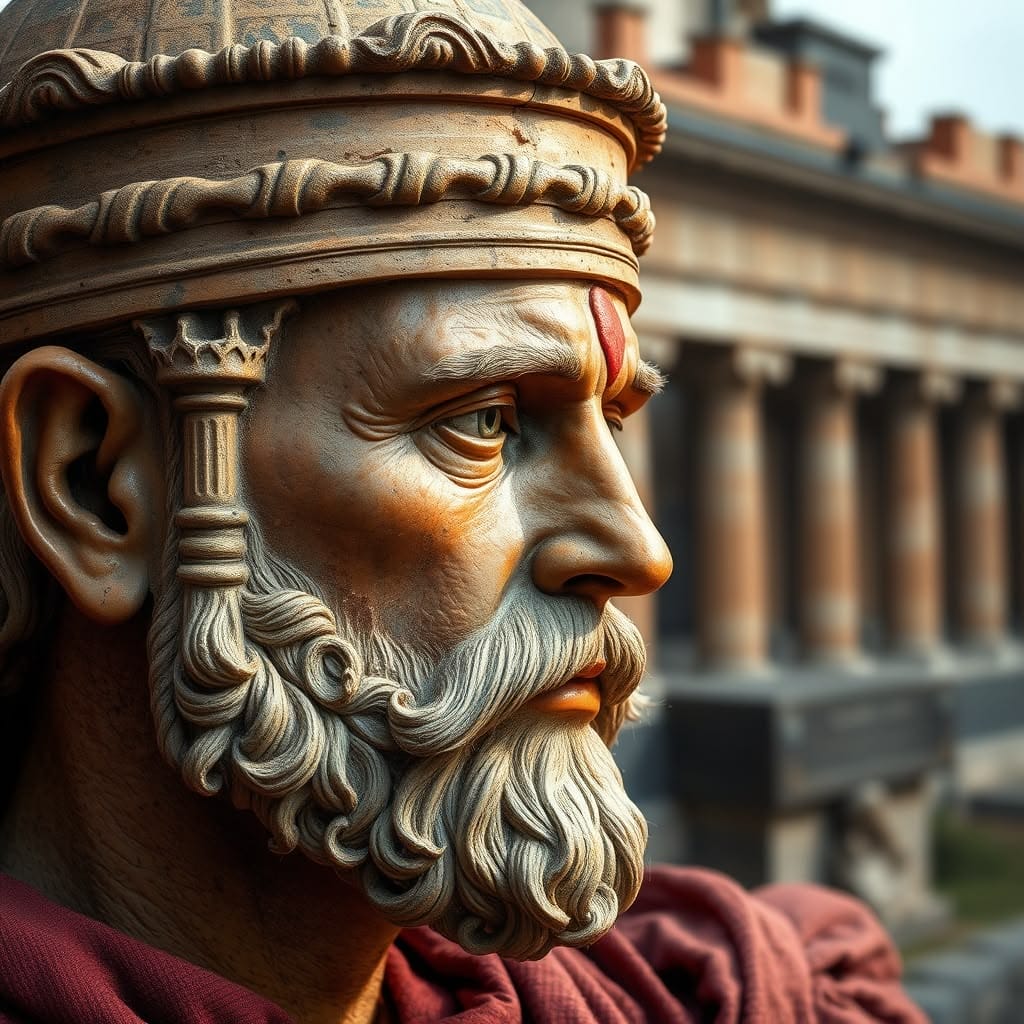
The Legacy of Roman Civilization
Lasting Influences on Modern Society
The contributions of Roman civilization have profoundly shaped contemporary society across various realms, including law, engineering, and language. Key influences include:
Legal Systems: The principles of Roman law laid the foundation for many modern legal frameworks, emphasizing justice and individual rights.
Architectural Innovations: Roman construction techniques, including the arch, vault, and concrete, set standards that continue to influence modern architecture.
Language Development: Latin, the language of the Romans, is the precursor to the Romance languages, including Spanish, French, Italian, and Portuguese.
The Enduring Fascination with Ancient Rome
The allure of Roman civilization endures, captivating scholars, historians, and the general public alike. This fascination is fueled by:
Literary Works: Epic poetry, histories, and philosophical writings from Roman authors remain staples in literature and education.
Archaeological Discoveries: Ongoing excavations of Roman sites provide insights into daily life, society, and culture, allowing us to connect with history.
Cultural Representations: Movies, series, and artistic representations often draw inspiration from Roman history, showcasing its dramatic narratives and monumental achievements.
Lessons Learned from Roman History
The rise and fall of Roman civilization offer valuable lessons for modern governance and societal resilience. Important takeaways include:
The Importance of Adaptability: As seen in their territorial expansions, the ability to adapt to changing circumstances was crucial for maintaining power.
The Role of Unity: Internal divisions often led to downfall, highlighting the significance of political cohesion.
Cultural Exchange: Roman civilization thrived on cultural interactions, reminding us of the benefits of embracing diversity in contemporary societies.
In summary, the legacy of Roman civilization continues to resonate, informing our understanding of law, architecture, and cultural identity. For a deeper exploration of Roman history, visit Smithsonian Magazine.
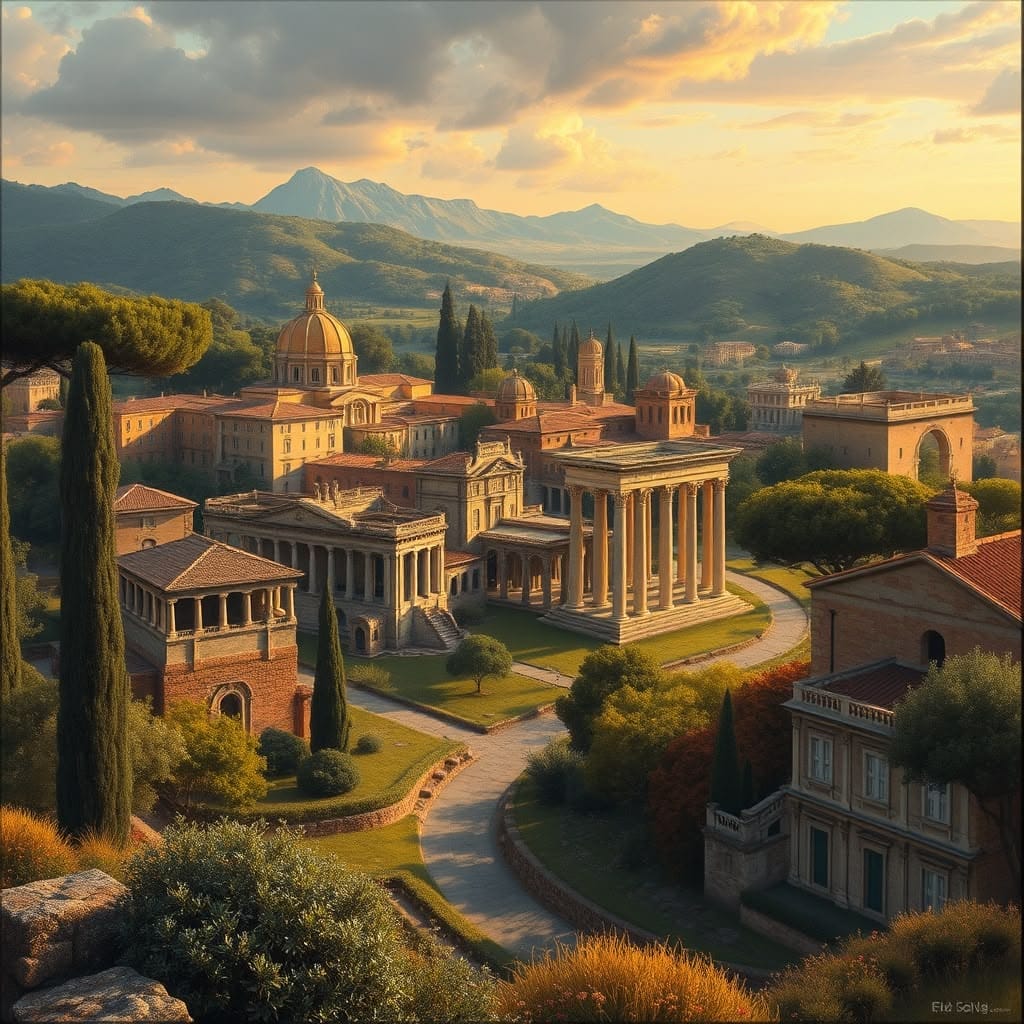
What were the main contributions of Roman civilization to modern society?
Roman civilization significantly influenced today’s world through its legal systems, architectural innovations, and the development of languages. The principles of Roman law serve as a foundation for many contemporary legal systems, while architectural techniques like the arch and use of concrete continue to shape modern buildings. Additionally, Latin, the language of the Romans, has evolved into the Romance languages we speak today.
How did Roman civilization influence the spread of Christianity?
Roman civilization played a crucial role in the spread of Christianity, especially after Emperor Constantine’s Edict of Milan in 313 AD, which legalized the faith. The expansive network of Roman roads facilitated travel and communication, allowing early Christian missionaries to spread their teachings more effectively throughout the empire.
What was the significance of the Roman Senate in governance?
The Roman Senate was a pivotal institution in Roman civilization, providing governance and political structure. Initially made up of patricians, it functioned as an advisory body to the consuls and was essential in shaping laws and policy. Over time, it gained significant influence in legislative matters, marking the transition from a monarchy to a republic.
How did class divisions affect Roman society?
Roman civilization was characterized by distinct class divisions that significantly influenced social interactions and governance. The patricians, as the elite class, held most political power, while plebeians and slaves had limited rights. This class structure often led to social unrest, as the plebeians sought greater representation, culminating in reforms that reshaped Roman governance.
What led to the decline of Roman civilization?
The decline of Roman civilization resulted from a combination of economic challenges, military conflicts, and internal strife. Heavy taxation, inflation, reliance on slave labor, and invasions by barbarian tribes weakened the empire’s stability. Additionally, political fragmentation and civil wars further accelerated the fall, leading to the eventual collapse of the Western Roman Empire.

